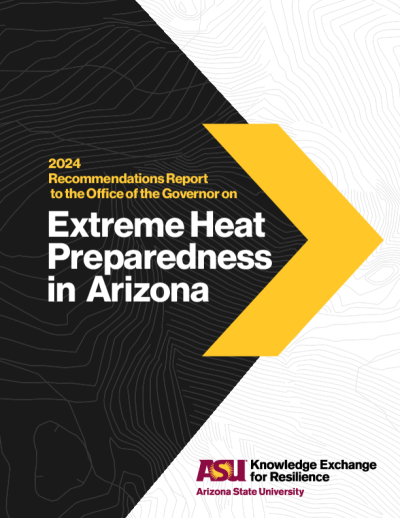Citizen Science programs create a bi-directional flow of knowledge between scientists and citizen volunteers; this flow democratizes science in order to create an informed public (Bonney et al. 2014; Brown, Kelly, and Whitall 2014). This democratization is a fundamental part of creating a science that can address today’s pressing environmental, economic, and social justice problems (Lubchenco 1998). While citizen science programs create an avenue for sharing knowledge between the public and scientists, the exact program details and dynamics leading to different outcomes have not been studied in detail. The current shortcomings in the literature fall into three categories. First, the concept of ‘volunteer’ is used as a catch-all without considering how different
demographics (e.g. young, old, wealthy, poor, differently abled, local inhabitants, and visitors) affect both volunteer and scientific outcomes of citizen science. The second shortcoming: there are no standards to assess the quality of citizen science datasets. The third shortcoming: the volunteer and scientific outcomes of these programs are not routinely, or strategically, measured, or integrated into policy and planning (Brossard, Lewenstein, and Bonney 2005). This research advances the understanding of tourist volunteers in citizen science by examining these three shortcomings through a case-study in Denali National Park and Preserve. This case study included the development of the Map of Life-Denali citizen science program is a “tourist-friendly” program. Volunteers of the program use the Map of Life- Denali mobile application to record wildlife observations in the park. Research conducted on this program shows that tourists can be successful citizen science volunteers, and when compared to resident volunteers produce similar data, and have positive volunteer outcomes. The development of a fitness for use assessment, called STAAq is also a part of this research. This assessment is shown to be an effective method for assessing citizen science data quality. Throughout the development and launch of the program, stakeholders (the Park Service, and Aramark) were consulted. The Map of Life-Denali program will be integrated into the park’s shuttle and tour bus systems as an educational tool, however, the scientific merits of the program are still disputed.









